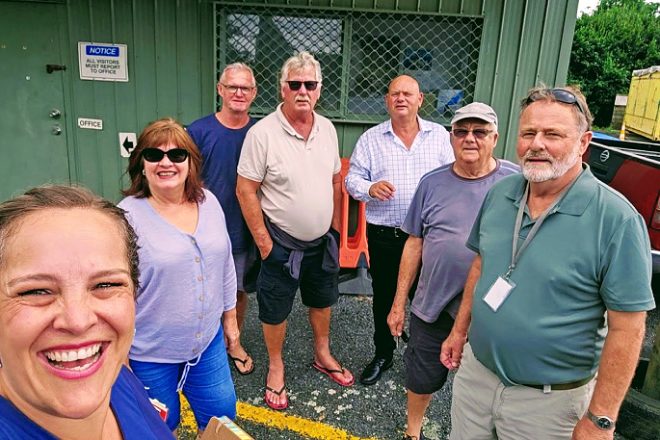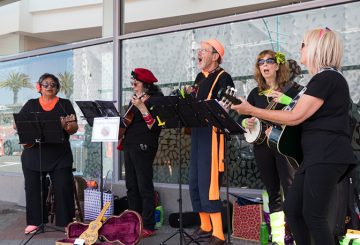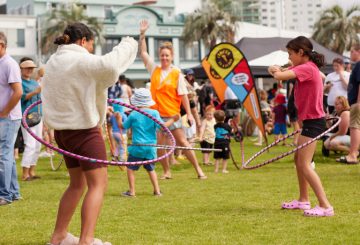Selama akhir pekan, Pusat Pemulihan Sumber Daya Katikati menerima dua ton barang, termasuk lima mesin cuci, enam kotak freezer, mesin pemotong rumput yang ditunggangi, dan suite lounge retro. Pusat itu melihat sekitar 460 kendaraan melewati gerbangnya antara jam 9 pagi dan 4 sore, menurut manajer Chrome Collective Sharaine Steenberg. Tujuan dari uji coba ini adalah untuk menilai kelangsungan hidup proyek dan untuk melihat berapa banyak orang yang akan membawa barang. Setelah hasil dievaluasi, pusat akan memutuskan apakah akan membuka fasilitas ritel di tempat.
Uji coba ini adalah bagian dari proyek ekonomi sirkular yang bertujuan mempromosikan daur ulang dan penggunaan kembali di Western Bay. Steenberg mencatat bahwa saat ini tidak ada pusat pemulihan sumber daya di Western Bay atau Tauranga, dan jumlah pemilih untuk uji coba sangat positif.
Barang-barang yang disumbangkan termasuk 12 layar komputer dan monitor tipe plasma, layar TV, stereo, peralatan, dan suite lounge retro. Steenberg menyebutkan bahwa banyak orang dari komunitas lansia Katikati membawa alat yang tidak lagi mereka butuhkan. Dia juga menyebutkan bahwa barang-barang yang dianggap sampah oleh beberapa orang bisa berharga bagi orang lain.
Pusat ini sedang mencari untuk mendirikan lebih banyak pusat pop-up dan mengundang sukarelawan untuk membantu. Chrome Collective, yang mengelola pusat ini, bertujuan untuk memberikan kesempatan kerja jangka panjang bagi penyandang cacat dan mengintegrasikan mereka ke dalam komunitas yang lebih luas. Siapa pun yang tertarik untuk menjadi sukarelawan atau mempelajari lebih lanjut tentang proyek ini dapat mengirim email ke Sharaine Steenberg di sharaine@cultivateculture.co.nz.






























































